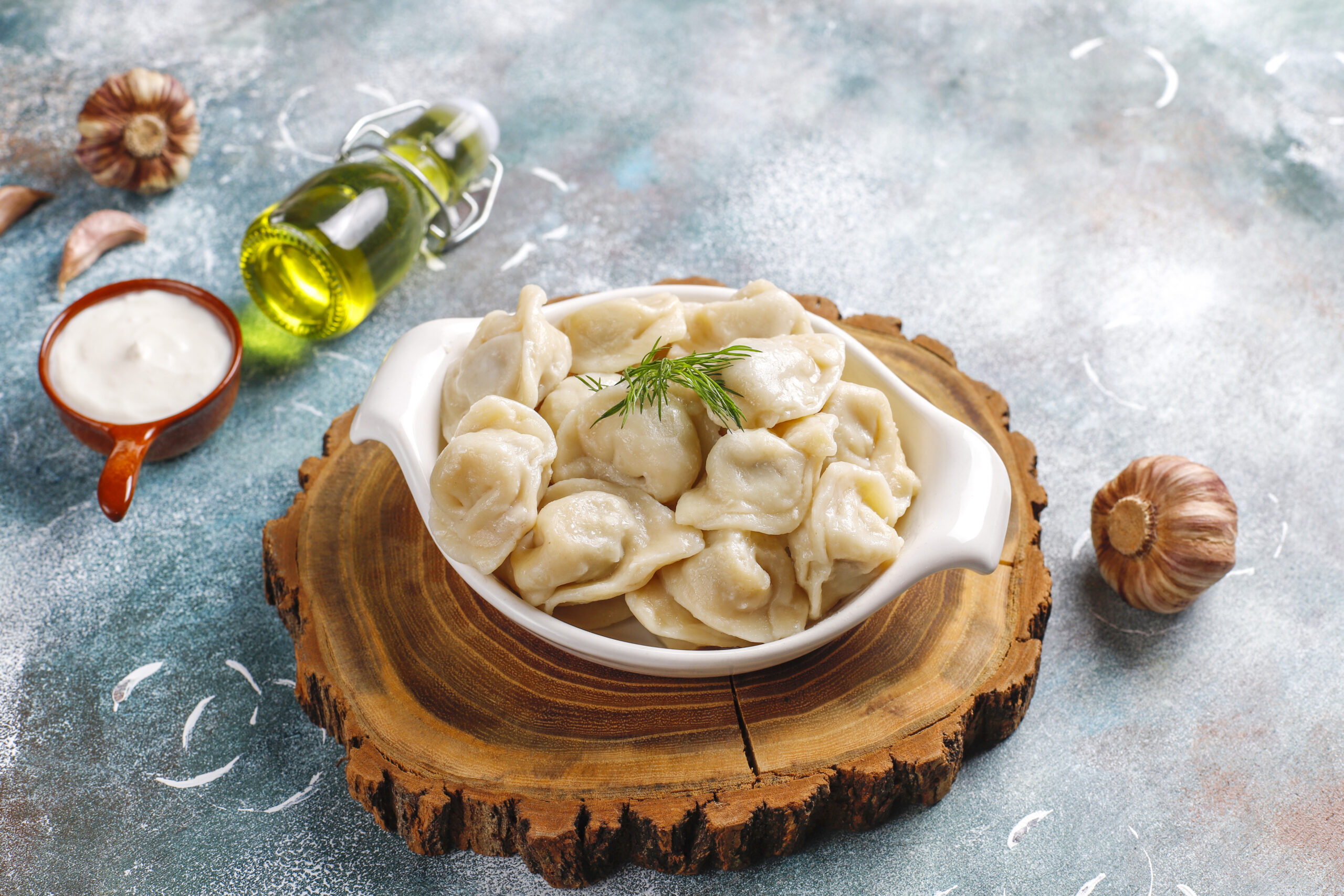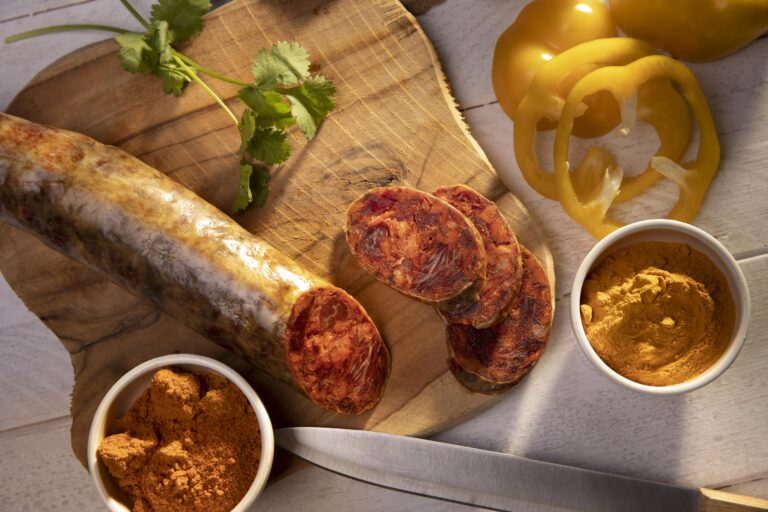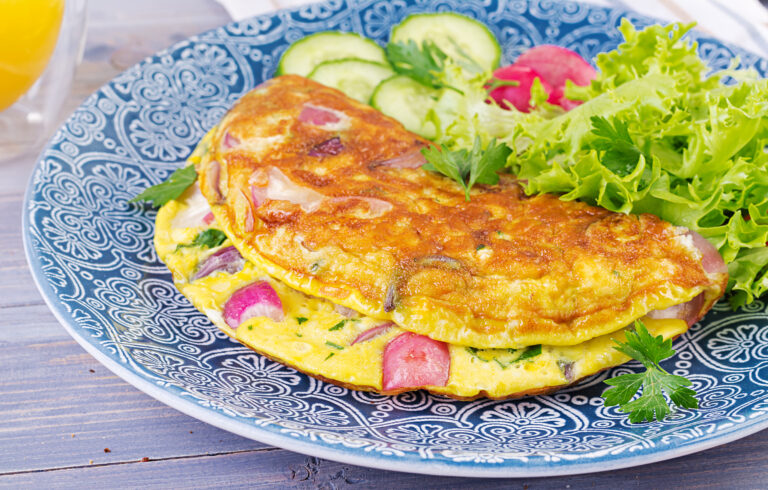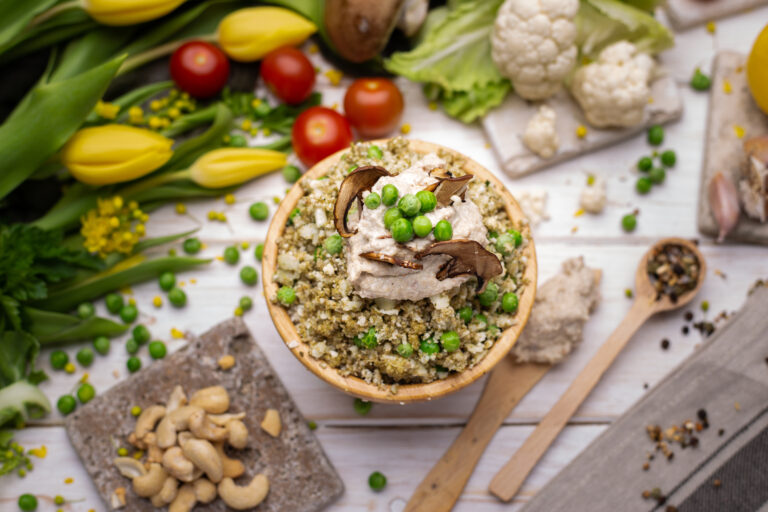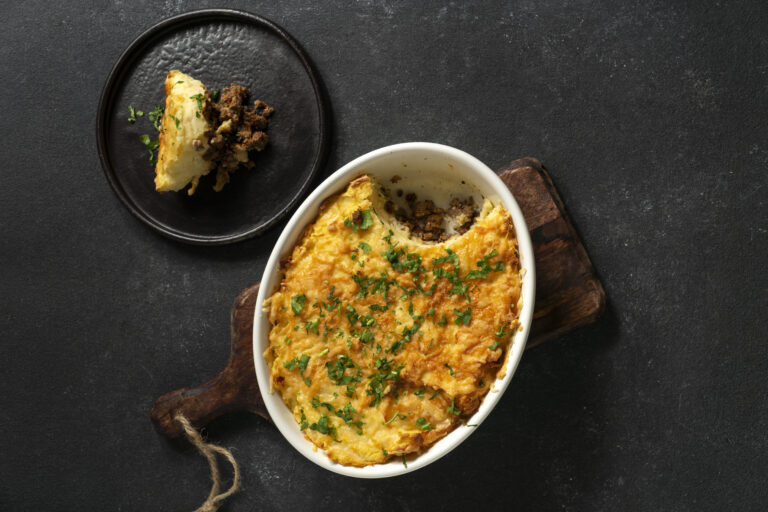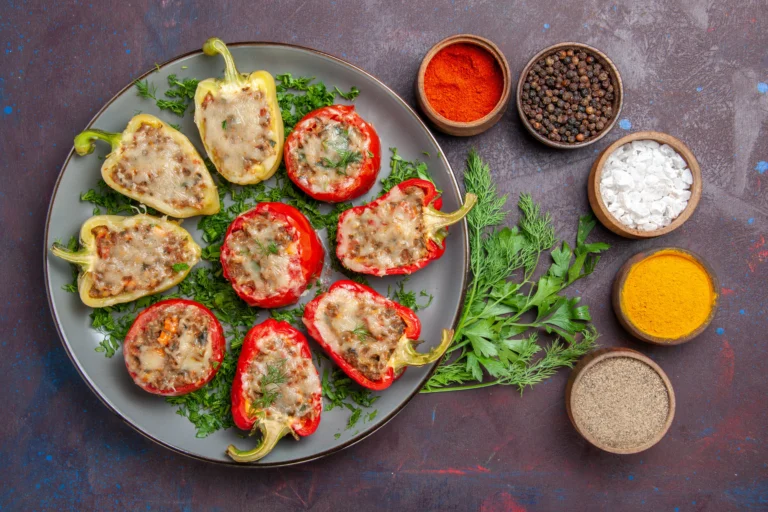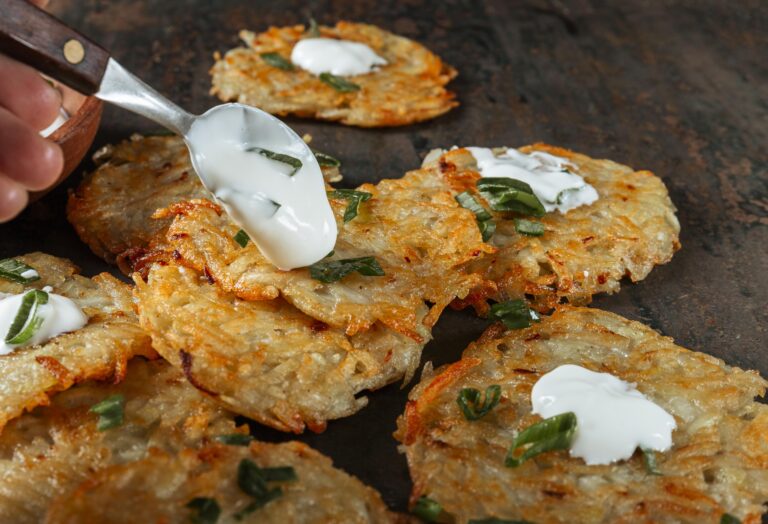Authentic Polish Potato Dumplings : Traditional Recipes That Connect Generations
Do you remember the first time you bit into a perfectly tender potato dumpling, steam rising from its fluffy interior? For many of us, Polish potato dumplings aren’t just food—they’re edible memories that transport us back to grandmother’s kitchen, where flour-dusted hands worked magic with simple ingredients. These humble yet extraordinary dumplings have graced Polish tables for centuries, carrying stories of family traditions and the comforting power of home-cooked meals.
Table of Contents
Understanding Polish Potato Dumplings : More Than Just Comfort Food
Polish potato dumplings represent a cornerstone of traditional Eastern European cuisine. Unlike their Asian counterparts, these hearty creations rely on potatoes as their primary foundation, creating a satisfying texture that pairs beautifully with both simple and elaborate dishes.
You’ll discover three main varieties dominating Polish kitchens: kopytka (the classic “little hooves”), kluski śląskie (Silesian dumplings), and pyzy (filled dumplings). Each variation carries its own regional significance and preparation method, reflecting the diverse culinary landscape across Poland.
What sets Polish potato dumplings apart from Italian gnocchi or German spätzle is their unique texture balance. Polish cooks have perfected the art of achieving that perfect bite—tender enough to cut with a fork yet substantial enough to satisfy hearty appetites.
Essential Ingredients for Perfect Potato Dumplings Polish Style
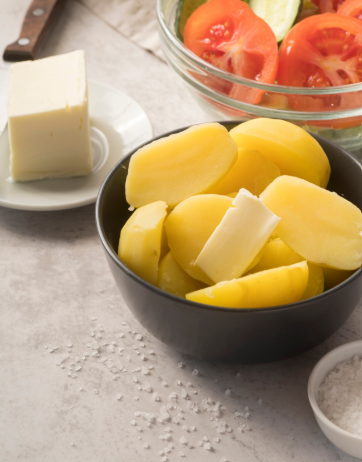
Creating authentic Polish potato dumplings requires surprisingly few ingredients, but selecting the right ones makes all the difference in your final result.
Core Ingredients Table
| Ingredient | Amount (4 servings) | Purpose |
|---|---|---|
| Potatoes (russet) | 2 lbs | Base structure |
| All-purpose flour | 1-1.5 cups | Binding agent |
| Eggs | 2 large | Moisture and binding |
| Salt | 1 tsp | Flavor enhancement |
| Butter | 2 tbsp | Richness |
Choosing Your Ingredients Wisely
Your potato selection significantly impacts the final texture. Russet potatoes work exceptionally well because their high starch content creates the ideal binding properties you need. Avoid waxy varieties like red potatoes, which can result in gummy dumplings.
Fresh eggs at room temperature incorporate more easily into your mixture, while sifted flour prevents lumps from forming. Quality butter adds richness without overwhelming the delicate potato flavor.
Traditional Polish Potato Dumplings Recipe (Kopytka)
Now you’re ready to create these beloved dumplings using time-honored techniques passed down through generations.
Ingredients for Kopytka
| Ingredient | Measurement | Notes |
|---|---|---|
| Cooked potatoes | 2 lbs, mashed | Room temperature |
| Flour | 1.5 cups | Sifted |
| Egg | 1 large | Room temperature |
| Salt | 1 tsp | To taste |
Step-by-Step Instructions
Preparation Phase:
- Wash and peel your potatoes, then boil them in salted water until fork-tender (approximately 20-25 minutes)
- Drain thoroughly and let cool to room temperature
- Mash until completely smooth using a potato ricer or fine mesh strainer
Dough Formation:
- Create a well in your mashed potatoes and add the beaten egg
- Gradually incorporate flour while mixing gently with your hands
- Add salt and knead minimally until the dough holds together
- The texture should feel slightly sticky but manageable
Shaping and Cooking:
- Divide dough into portions and roll into finger-thick ropes
- Cut into 1-inch pieces and shape into small ovals
- Bring a large pot of salted water to boil
- Drop dumplings in batches, cooking until they float (3-4 minutes)
- Remove with a slotted spoon and serve immediately
Advanced Polish Potato Dumpling Variations
Silesian Potato Dumplings (Kluski Śląskie)
These regional specialties from southern Poland feature a distinctive preparation method. You’ll create a depression in the center of each dumpling, perfect for holding gravies and sauces. The technique involves pressing your thumb into each piece before cooking, creating the characteristic pocket shape.
Check out more delicious recipes.
Wholesome Ukrainian Varenyky with Potato
Filled Potato Dumplings (Pyzy)
Transform your basic recipe into stuffed delights by wrapping small portions of filling inside your dough. Popular options include:
- Sautéed mushrooms with onions
- Cottage cheese with herbs
- Cooked vegetables seasoned with garlic
Roll the dough around your chosen filling, ensuring complete sealing before cooking to prevent leakage.
Expert Tips for Perfect Potato Dumplings Polish Recipes
Common Mistakes to Avoid
- Overworking the dough: Excessive kneading develops gluten, resulting in tough dumplings
- Incorrect ratios: Too much flour creates dense results, while too little causes falling apart
- Temperature issues: Hot potatoes make sticky dough, while cold ones don’t bind properly
- Rushing the process: Patience ensures proper texture development
Professional Techniques
Achieving restaurant-quality results requires attention to detail. Work quickly once you begin mixing to prevent the dough from becoming sticky. Keep your hands lightly floured throughout the shaping process.
Test one dumpling first to check seasoning and texture before cooking the entire batch. This allows you to adjust salt levels or add more flour if needed.
Serving Suggestions and Traditional Accompaniments
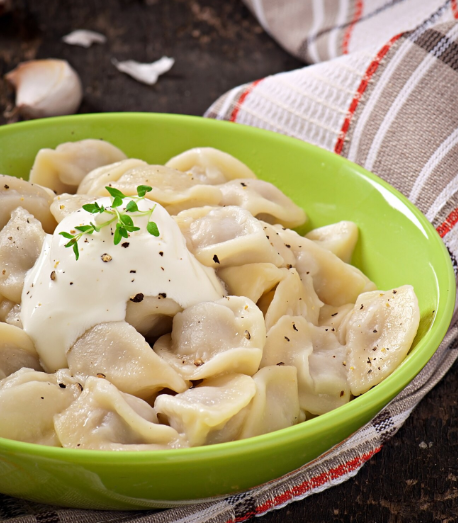
Classic Polish Pairings
Your freshly cooked potato dumplings shine when paired with traditional accompaniments:
- Caramelized onions: Slowly cooked until golden and sweet
- Sour cream and chives: Fresh, cooling contrast to warm dumplings
- Mushroom sauce: Earthy flavors that complement the potato base
- Traditional Polish stews: Hearty combinations for complete meals
Modern Serving Ideas
Contemporary presentations can breathe new life into this classic dish. Try pan-frying cooked dumplings in butter until golden for added texture, or incorporate them into soups for extra heartiness.
Nutritional Benefits and Dietary Considerations
Polish potato dumplings provide substantial nutrition while remaining relatively simple. Each serving delivers approximately 280 calories, with significant amounts of potassium, vitamin C, and complex carbohydrates.
Dietary Adaptations
You can easily modify the basic recipe to accommodate various dietary needs:
- Gluten-free: Replace wheat flour with potato starch or rice flour
- Vegan: Substitute eggs with ground flaxseed mixed with water
- Lower carb: Reduce potato content and increase egg whites
Storage and Meal Prep Tips for Potato Dumplings
Short-term Storage
Refrigerate cooked dumplings for up to three days in airtight containers. When reheating, pan-fry them in butter or steam briefly to restore moisture without making them soggy.
Long-term Storage
Freeze uncooked dumplings on parchment-lined trays before transferring to freezer bags. They’ll maintain quality for up to three months. Cook directly from frozen, adding 1-2 extra minutes to the cooking time.
Frequently Asked Questions About Polish Potato Dumplings
Q: How do I know when my potato dumplings polish recipe dough is ready? A: The dough should be smooth, slightly sticky but manageable, and hold together without being too wet or dry.
Q: Can I make potato dumplings polish style ahead of time? A: Yes, you can prepare them up to 2 days in advance or freeze them for up to 3 months.
Q: What’s the best way to reheat leftover potato dumplings? A: Pan-fry them in butter until golden, or steam them briefly to restore moisture.
Q: Why do my potato dumplings fall apart during cooking? A: This usually indicates too much moisture in the dough or insufficient flour binding.
Q: What makes Polish potato dumplings different from other countries’ versions? A: Polish dumplings typically use a higher potato-to-flour ratio and specific shaping techniques.
Conclusion
Polish potato dumplings represent more than just a recipe—they’re a connection to culinary heritage that has nourished families for generations. Whether you’re preparing traditional kopytka for Sunday dinner or experimenting with modern variations, these versatile dumplings offer endless possibilities for creating memorable meals.
The key to success lies in understanding the balance between ingredients, respecting traditional techniques, and adding your own personal touch to make each batch uniquely yours. Start with the basic recipe, master the fundamental techniques, and gradually explore the variations that speak to your taste preferences.
Ready to create your own batch of authentic Polish potato dumplings? Gather your ingredients, clear some counter space, and embark on this delicious culinary journey. Share your results with family and friends, and don’t forget to pass along the recipe—after all, the best traditions are those we share with the people we love most.

